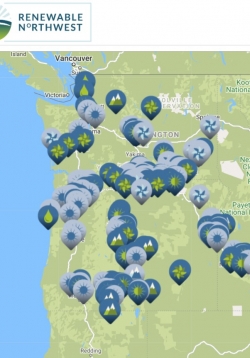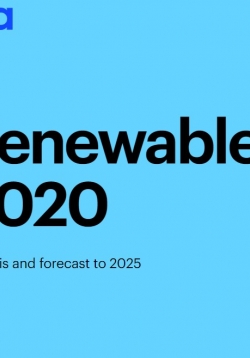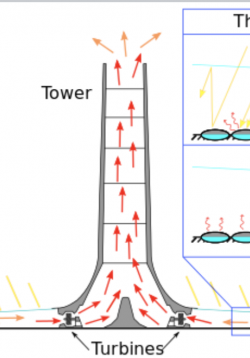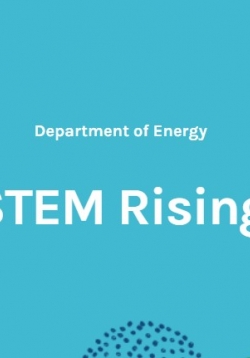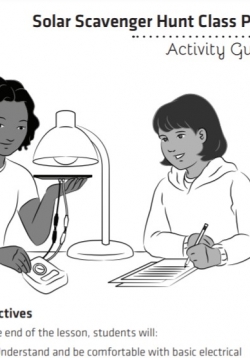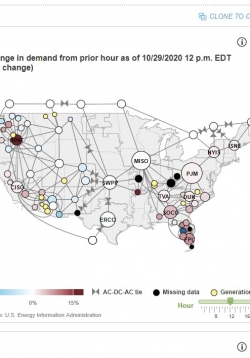
Open EI is a database with a wealth of educational and career-connected energy resources, with a focus on hydropower but inclusive of more general energy topics. Highlights includes Day in the Life Professional video series featuring diverse professionals in multiple careers, and additional career-connected and hydropower education resources.


